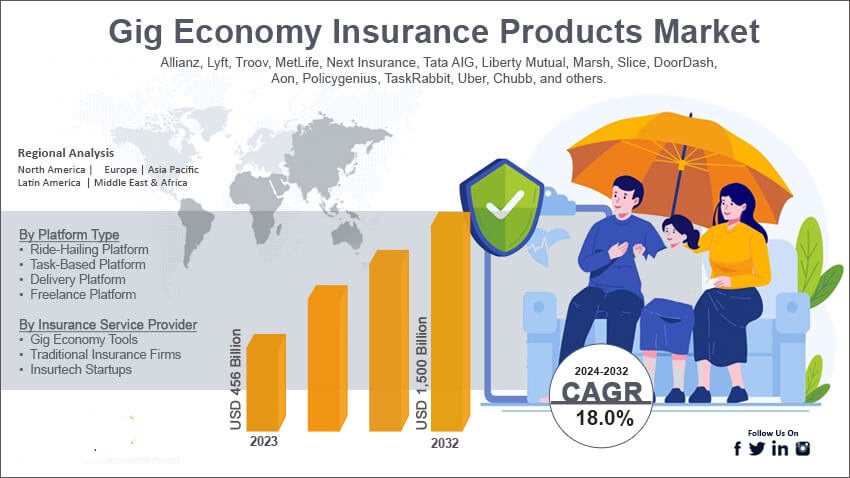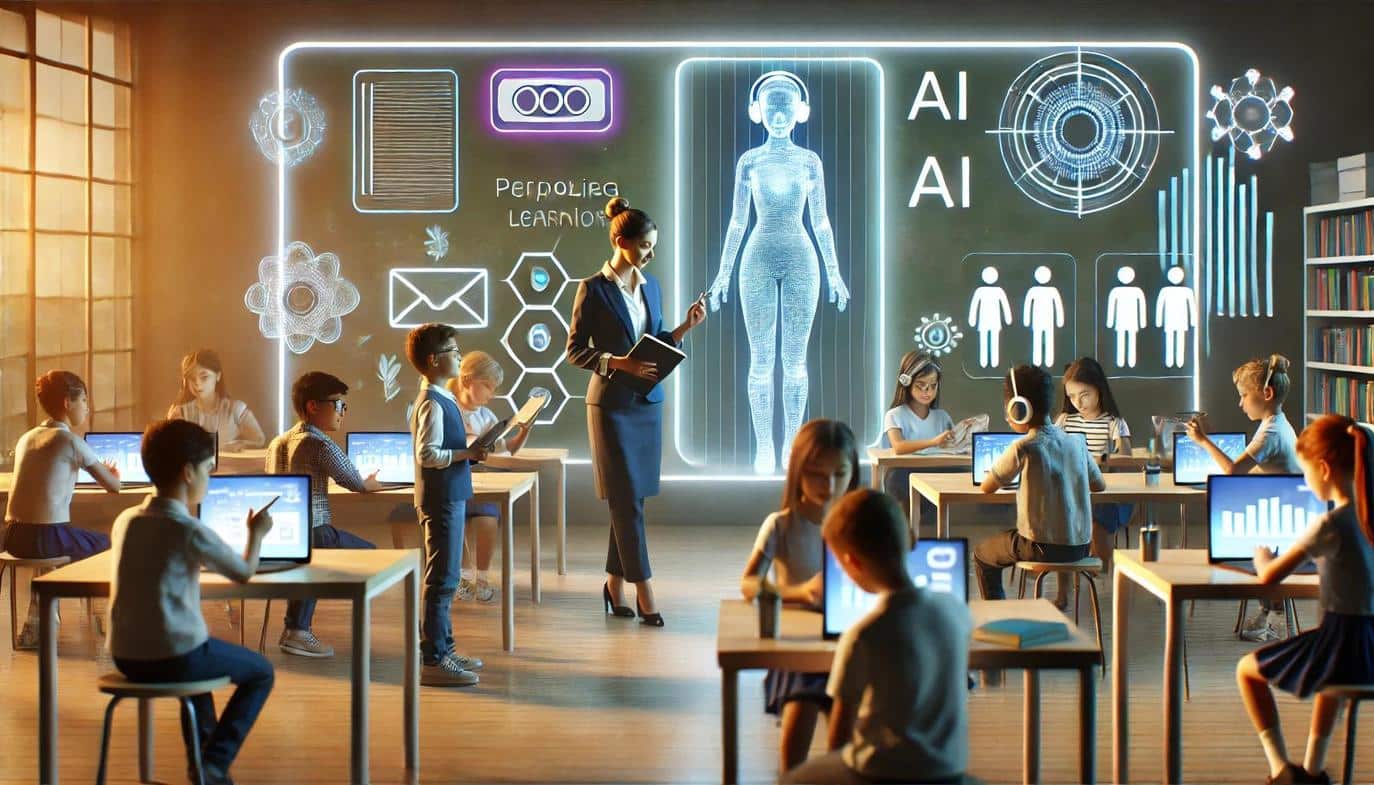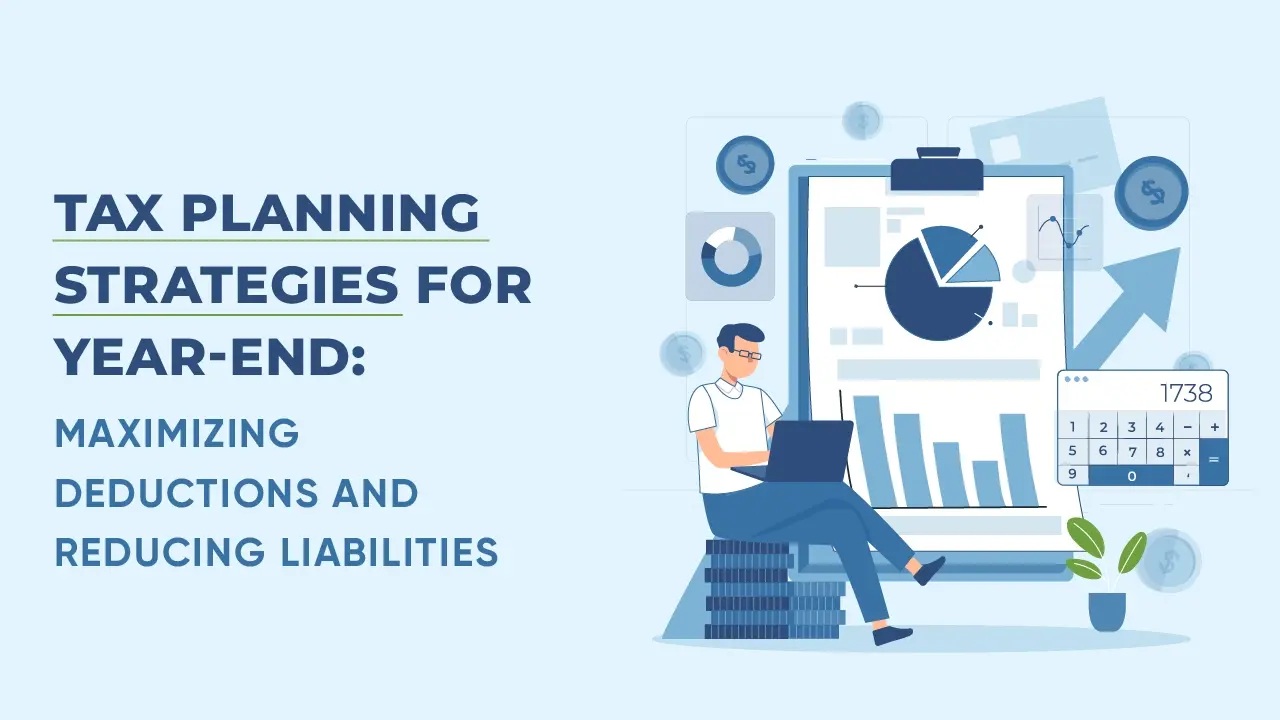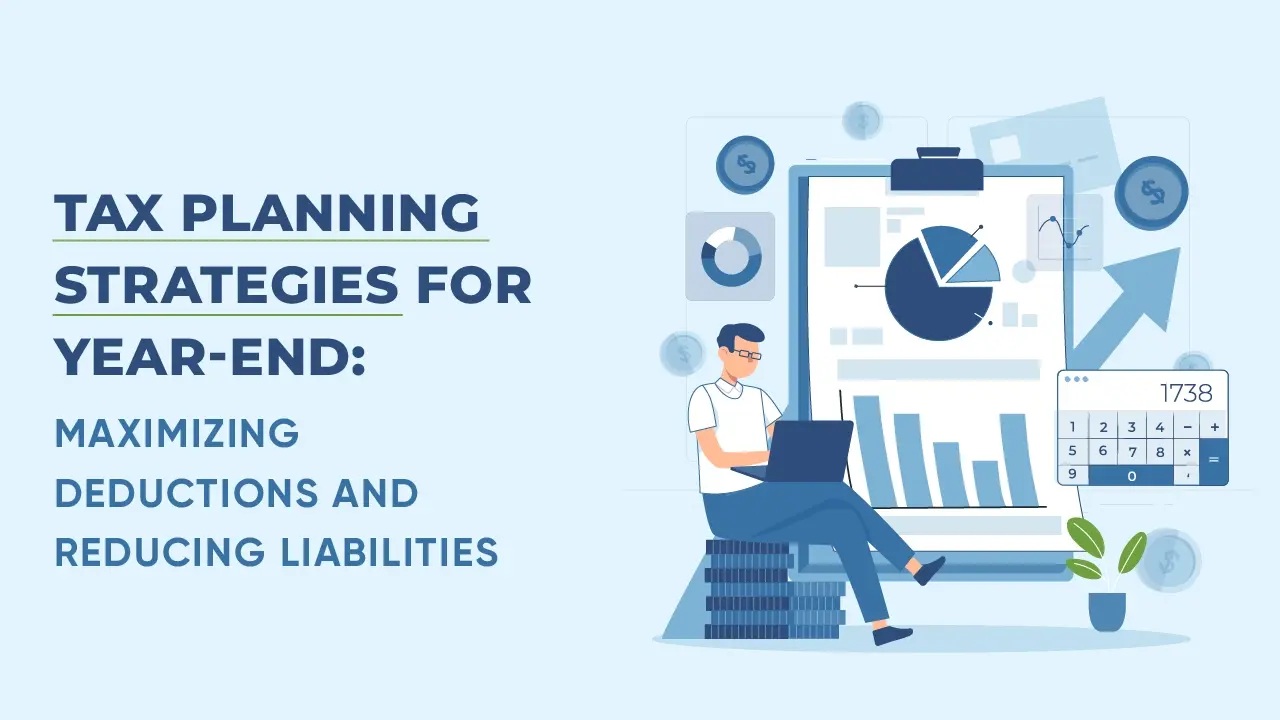A Digital Renaissance in Education
Online learning has evolved from a niche supplement into a global phenomenon reshaping the future of education. As we move further into the digital age, the question is no longer if online education will dominate, but how. The future of online learning is intertwined with technology, personalization, accessibility, and global collaboration. From artificial intelligence to gamified platforms, the transformation is just beginning.
What Is Online Learning in 2025?
Online learning refers to educational content delivered via digital platforms, either synchronously (live) or asynchronously (on-demand). In 2025 and beyond, online learning is not just Zoom classes and PDFs—it’s immersive, interactive, data-driven, and learner-centered.
Why Online Learning Is the Future
1. Global Accessibility
Online learning removes geographical barriers. Whether you’re in rural India or urban New York, if you have a device and an internet connection, you can access quality education.
2. Cost-Effective Education
Without the need for physical campuses, transportation, and printed materials, online learning dramatically reduces educational costs.
3. Customizable and Personalized
AI-driven platforms can tailor courses based on learning styles, progress, and personal interests. No two learners need to follow the same path.
Emerging Technologies Driving the Future of Online Learning
1. Artificial Intelligence (AI)
AI plays a key role in personalization, predictive analytics, and adaptive learning. Platforms can analyze data to adjust difficulty levels and provide targeted feedback.
Example: Coursera and Khan Academy already use AI to recommend lessons and quizzes tailored to your performance.
2. Virtual Reality (VR) and Augmented Reality (AR)
Immersive learning is revolutionizing online education. Imagine walking through ancient Rome or performing a virtual heart surgery—all from your home.
SEO keywords: immersive learning, VR in education, AR learning platforms.
3. Blockchain Technology
Blockchain ensures secure, tamper-proof certification. Credentials earned online are traceable and verifiable globally.
4. 5G and Edge Computing
Faster internet means smoother experiences—high-definition streaming, real-time collaboration, and zero latency in virtual classrooms.
Microlearning: The New Standard
Microlearning involves short, focused bursts of content. Think 5-10 minute videos, flashcards, and quizzes.
Why it works:
- Improves retention.
- Perfect for mobile users.
- Fits into busy schedules.
SEO keywords: microlearning benefits, bite-sized education, e-learning formats.
Gamification: Turning Learning into Play
Gamification uses elements like leaderboards, rewards, and levels to keep learners engaged. Duolingo, for example, has shown how addictive learning can be when it feels like a game.
SEO keywords: gamification in education, game-based learning tools.
Social Learning and Collaboration Tools
Learning is inherently social. Tools like Slack, Zoom, and Discord are now integrated into learning platforms, enabling group projects and discussions.
Emerging trend: Study groups in the metaverse—avatars gathering in virtual campuses.
Lifelong Learning Becomes the Norm
In a fast-changing job market, the idea of one-and-done education is outdated. Continuous upskilling and reskilling are essential.
Popular platforms:
- LinkedIn Learning
- Udemy
- edX
- FutureLearn
Credentialing in Online Learning
1. Microcredentials and Badges
Digital badges showcase specific skills—more granular than degrees and more relevant for employers.
2. Professional Certifications
Industry-recognized certifications (Google, IBM, AWS) are becoming as valuable as college degrees.
Challenges to Overcome
1. The Digital Divide
Not everyone has equal access to devices or reliable internet. Bridging this gap is essential to equitable online education.
2. Lack of Hands-On Experience
Practical skills—like lab work or field exercises—are hard to replicate digitally. Hybrid models are solving this issue.
3. Motivation and Self-Discipline
Without a structured environment, learners may struggle with procrastination or burnout.
Hybrid Learning: The Best of Both Worlds
Hybrid models combine online flexibility with in-person experiences. This approach is especially useful in medical, engineering, and arts education.
SEO keywords: blended learning models, hybrid classrooms 2025.
AI-Powered Tutors and Mentors
Imagine a virtual tutor that knows your strengths, weaknesses, interests, and pace. Tools like ChatGPT and ScribeSense are pioneering this shift.
Benefits:
- 24/7 availability
- Personalized feedback
- Instant help with assignments
Online Learning in K-12 vs. Higher Education
K-12:
- Focus on engagement and parental involvement.
- Edutainment tools like ABCmouse and BrainPOP thrive here.
Higher Ed:
- Focus on credentials, peer interaction, and job readiness.
- University degrees are moving online via platforms like Coursera and edX.
The Corporate Online Learning Boom
1. Corporate Training Goes Digital
Companies invest in e-learning to upskill their workforce without downtime. Platforms like Skillsoft and Degreed lead the way.
2. Return on Investment (ROI)
Online corporate learning is cheaper, scalable, and easily updated.
Data-Driven Learning: Analytics in Action
Analytics help educators understand how students learn best.
Metrics to track:
- Time spent on tasks
- Completion rates
- Engagement levels
- Quiz scores
SEO keywords: learning analytics tools, data-driven education.
Future Trends in Online Learning
1. AI Content Generation
Platforms will auto-generate custom quizzes, flashcards, and even essays tailored to each user.
2. Multi-Language Learning
AI translation and transcription tools will remove language barriers. Expect more platforms supporting 50+ languages.
3. Metaverse Campuses
Students will attend lectures in fully immersive virtual worlds, interact with holographic professors, and collaborate on virtual whiteboards.
4. Decentralized Education (DeEd)
Using blockchain, education can become decentralized—removing gatekeepers and democratizing access.
Parents and Online Learning
During the pandemic, parents became co-educators. In the future, platforms will offer dashboards for parents to track progress and offer suggestions.
SEO keywords: parental involvement in e-learning, education dashboards.
Online Learning for Special Needs
AI and adaptive technologies make it possible to tailor education for every student—including those with disabilities.
Examples:
- Text-to-speech for visually impaired
- Captioning for hearing impaired
- Personalized learning speeds for neurodiverse learners
Online Learning for Seniors and Retirees
Lifelong learning isn’t just for professionals. Seniors are turning to online platforms to learn languages, crafts, and history.
Platforms: Coursera, MasterClass, Skillshare.
Government and Policy Support
More governments are funding digital infrastructure, subsidizing online courses, and integrating online education into public systems.
Conclusion: The Future Is Flexible, Digital, and Empowering
Online learning is not a passing trend—it’s a long-term transformation. It brings opportunity, equity, and innovation to the forefront of education. While challenges remain, the future is bright. From preschool to post-retirement, online learning is becoming the default path to personal and professional growth.
The future classroom is no longer a room—it’s a network.
5 Unique FAQs About the Future of Online Learning
1. Is online learning as effective as traditional learning?
Yes! With the right tools and engagement, online learning can be more personalized, interactive, and effective than traditional methods.
2. What platforms will dominate online education by 2025?
Expect leaders like Coursera, Udemy, edX, and emerging AI-powered platforms to dominate. Watch for startups innovating with blockchain and VR.
3. Can I get a real degree online?
Absolutely. Many top universities offer fully accredited online degrees in business, tech, healthcare, and more.
4. Will online learning replace schools?
Not entirely. A hybrid model will likely dominate, blending the best of online flexibility with real-world experiences.
5. How can I stay motivated in an online course?
Set goals, join communities, track progress, and choose interactive platforms with gamification and mentorship support.
Post‑Quantum Cryptography 2025: Preparing for the Quantum Threat



























